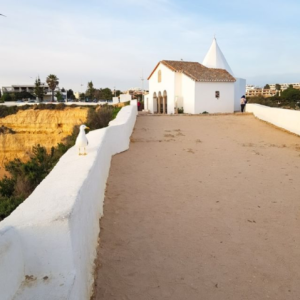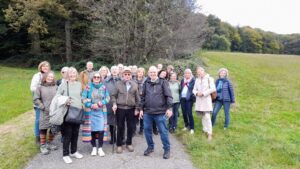During the first week, the Algarve offered a fantastic weather: at nights rather fresh and during the day around 20°C with a bright blue and cloudless sky. In the sun, one starts sweating. This is also a way to spend the winter! The rock formations of Lagos were once again on the agenda. One could walk around there for weeks and months and still would not have seen everything. Meanwhile I have over 2000 photos and about 100 video clips. I already had to upgrade my cloud storage to six TB. The next thing I was drawn to the far west: Sagres in the scenically very varied Parque Natural do Sudoeste Alentejano e Costa Vicentina is the most southwestern municipality of Portugal. From there, it is only two kilometres to the Fortaleza de Sagres, a Portuguese national monument on the rock of the Ponta de Sagres. The fort has a diameter of approximately one kilometre and offers, in clear weather, fantastic views over the Atlantic Ocean. Also this point was once called the end of the world. From here, one looks to the south, east and west and sees only ocean. It is the only place of Portugal where one can watch the sunrise as also the sunset over the ocean. Even when the weather is fine and there is almost no wind, the Atlantic Ocean is never quiet but thunders against the steep rocks. There, where the ocean has washed caves out of the rocks in the course of the time, it roars enormously out after a wave has rushed in there. From there, one sees the Cabo de São Vicente (Cape Saint Vincent) that, together with the Ponta de Sagres, forms the south-western tip of the European mainland. Saint Vincent of Valencia, the patron saint of Portugal, is very common, not only in names like Costa Vicentina or Cabo de São Vicente. On the statue of St. Vincent at the Portas do Sol in Lisbon, he carries the caravel with the two ravens, which is also the city’s coat of arms.
I can hardly get out of photographing, filming and researching history and geology. In the following days a cave and grotto tour by boat was actually planned in Lagos, which should lead to Ponta da Piedade from the seaside. But here, the weather was not up to scratch, as wind came up overnight and I found a message on my mobile phone in the morning that the tour was cancelled due to heavy swell. We will make up for this when the weather improves. Instead I wanted to visit the tourist stronghold Albufeira, which is located about 65 km east of my accommodation. There are very nice rocks and beaches, but not as impressive as in Lagos. Moreover, Albufeira is massively touristically overloaded. It was certainly good to have a look at it. But now I know that Albufeira is not for me.

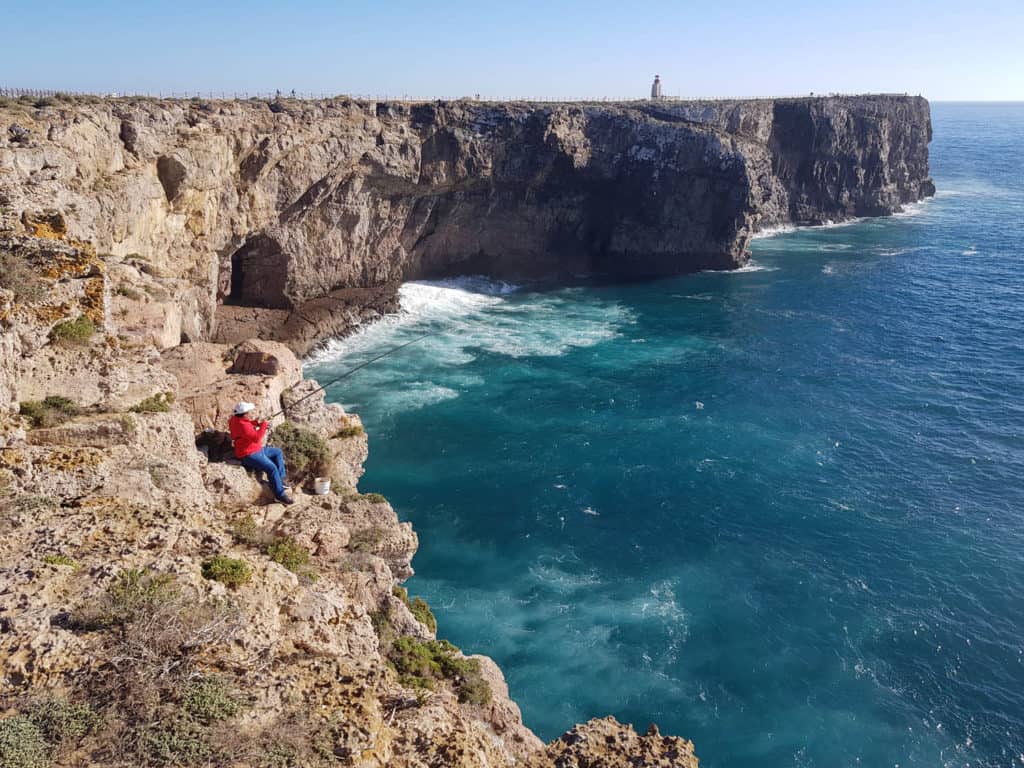
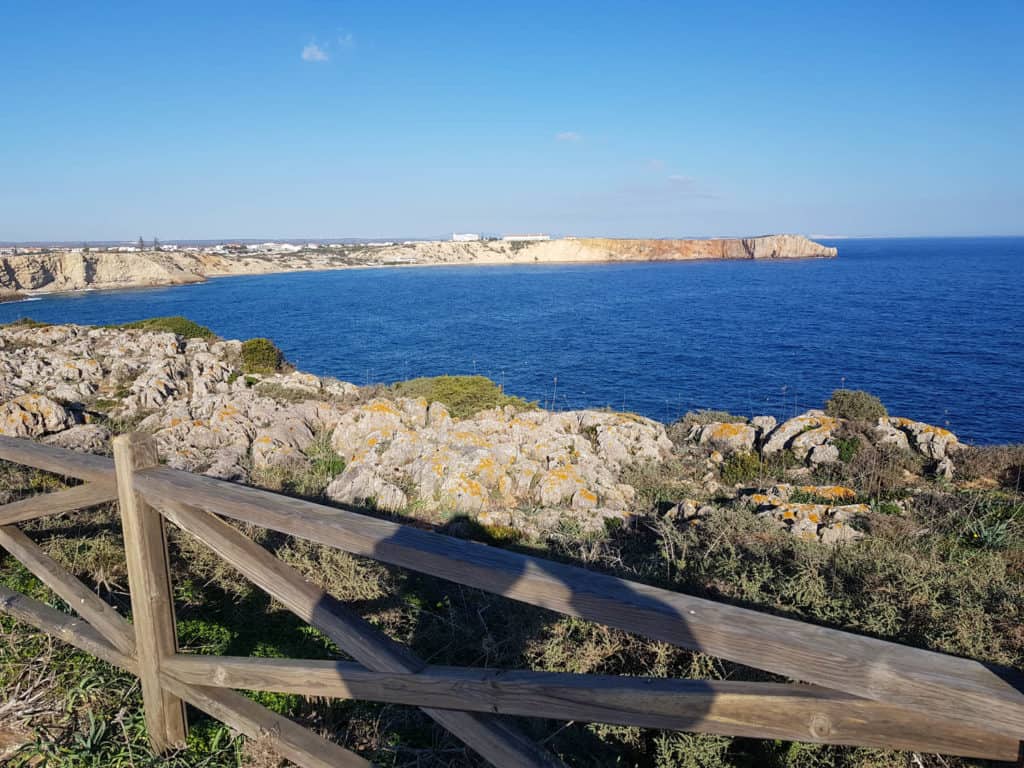
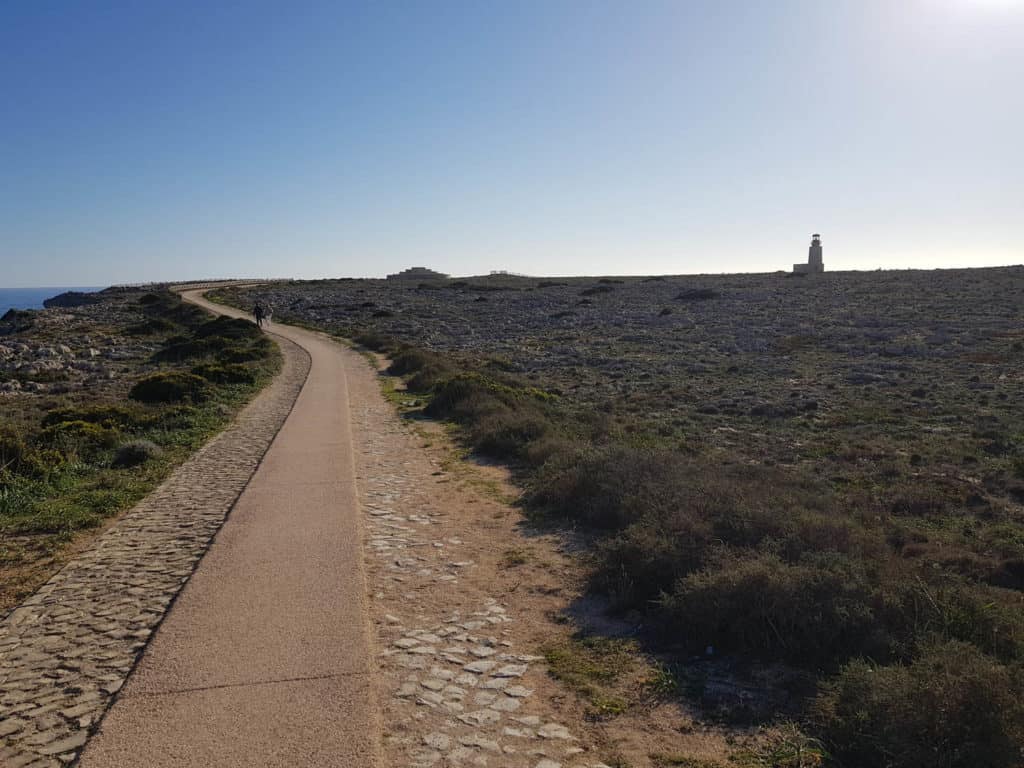

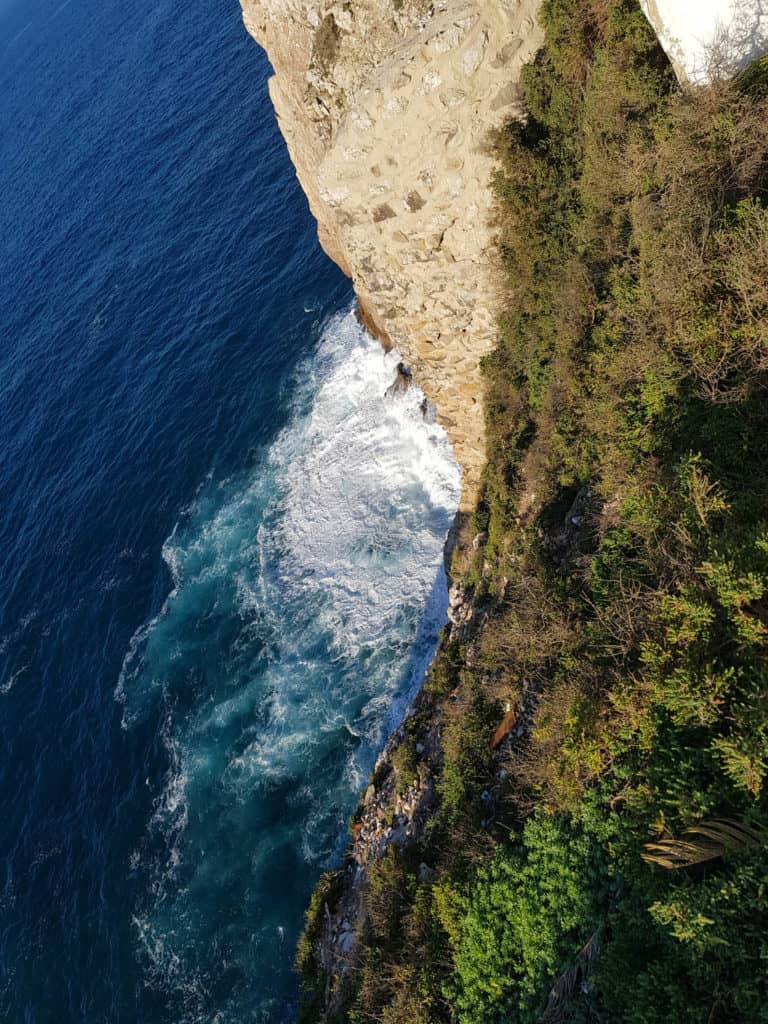
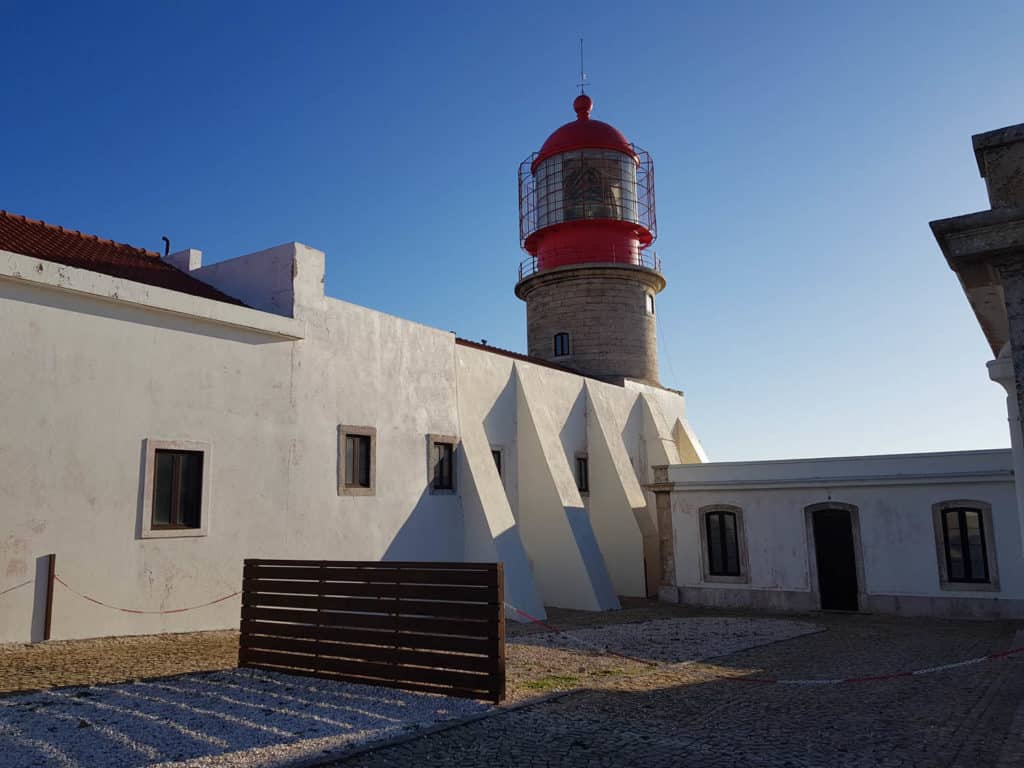
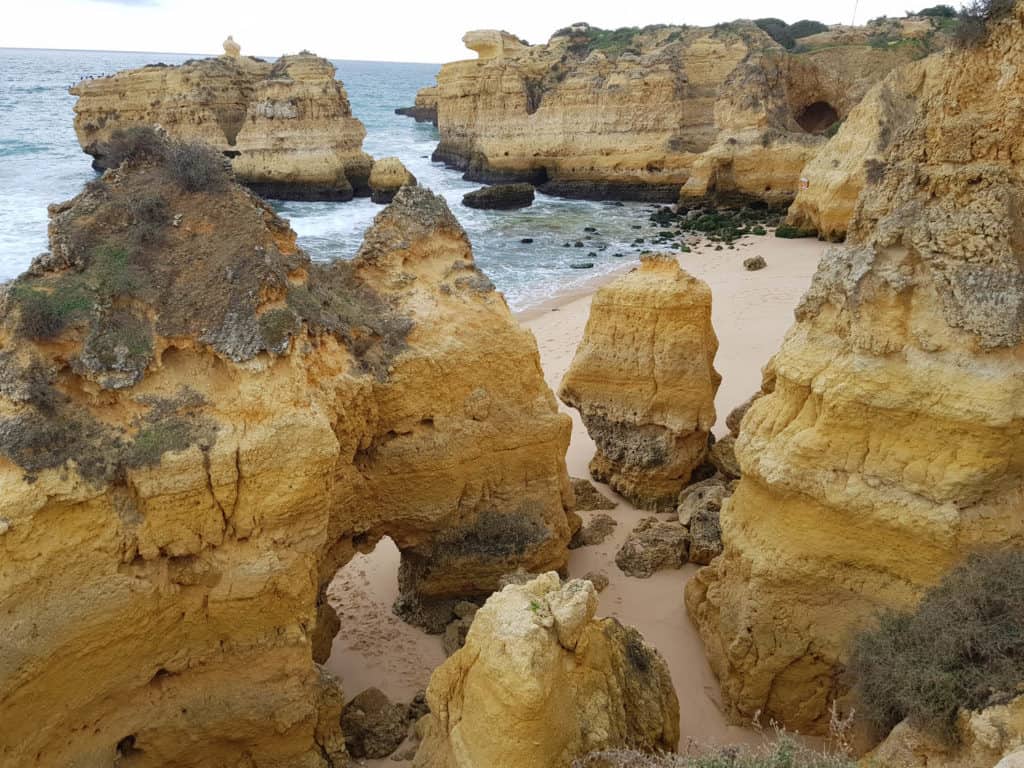
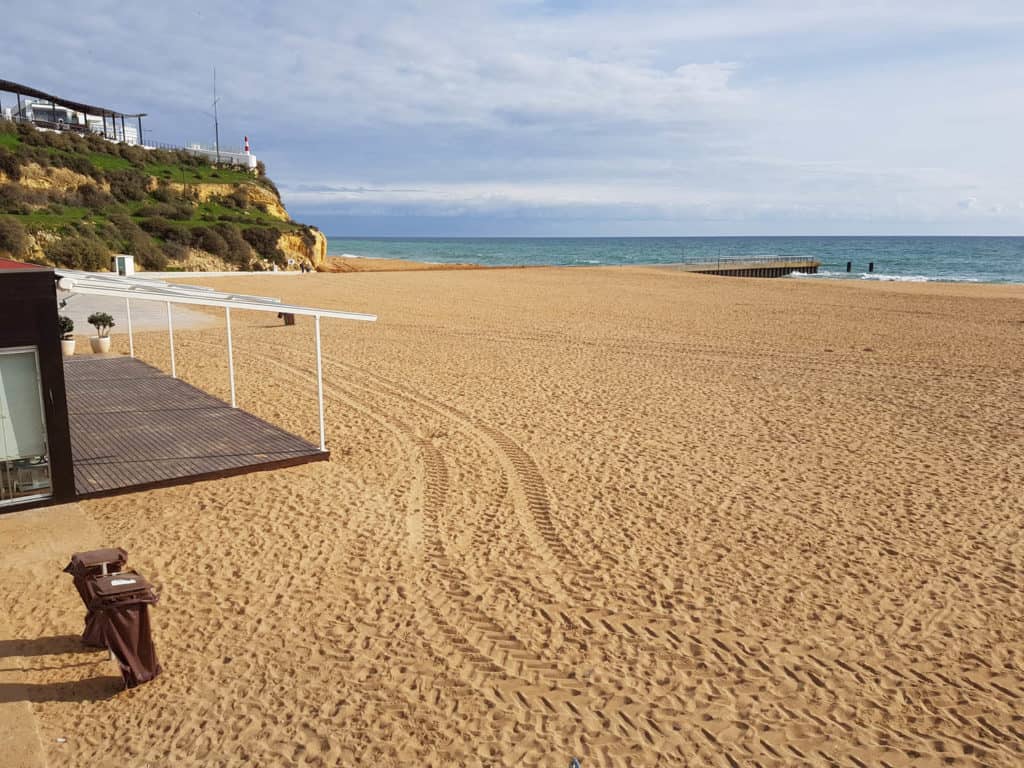

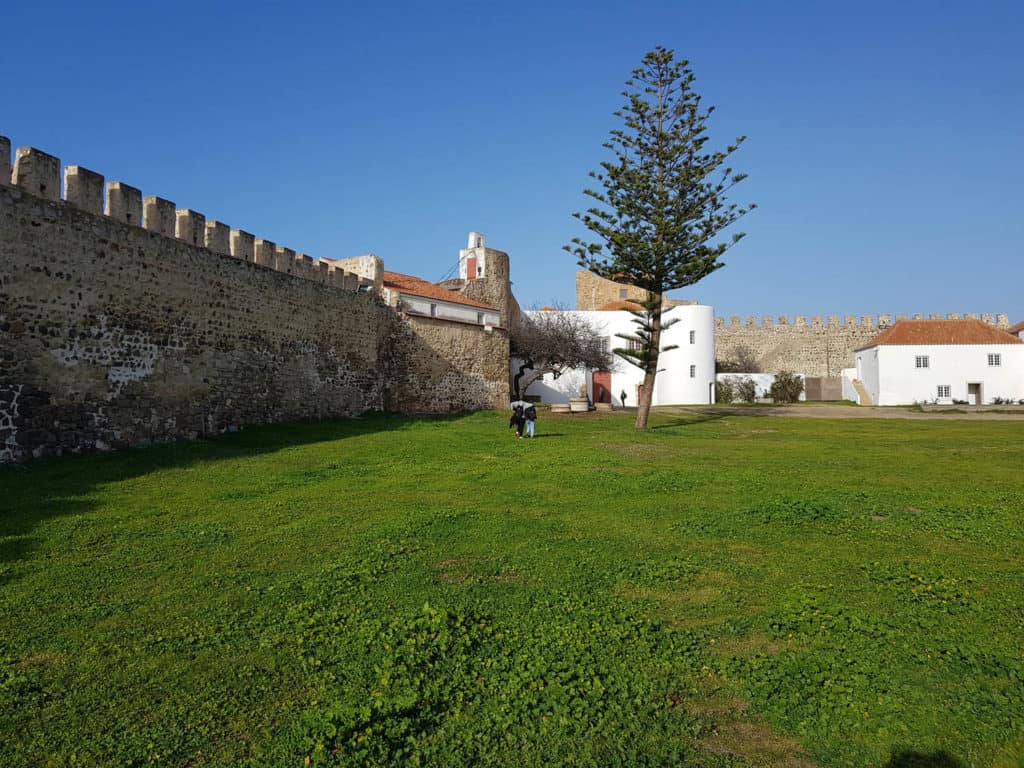




The windy weather with occasional rain showers rather tempts to go on excursions by car. A longer trip to the north was worth it. At the northern tip of the Parque Natural do Sudoeste Alentejano e Costa Vicentina there is the city Sines in the Alentejo that does not belong to the Algarve anymore. Sines has a historical old town on a rock with a castle-like fortress, which offers a breathtaking panoramic view over the industrial and yacht harbour, the Atlantic Ocean and parts of the town. A huge power station supplies the city and surrounding area with energy, which has major oil refineries and container terminal deep water port facilities. A monument is dedicated to Vasco da Gama, the city’s most famous son, between the fortress and Igreja Matriz de São Salvador. The discoverer of the sea route around the Cape of Good Hope to India is buried in the Igreja de Santa Engrácia, the Panteão Nacional in Lisbon. Today the sea is rough in Sines and the air is humid, soaked by the spray and misty.


